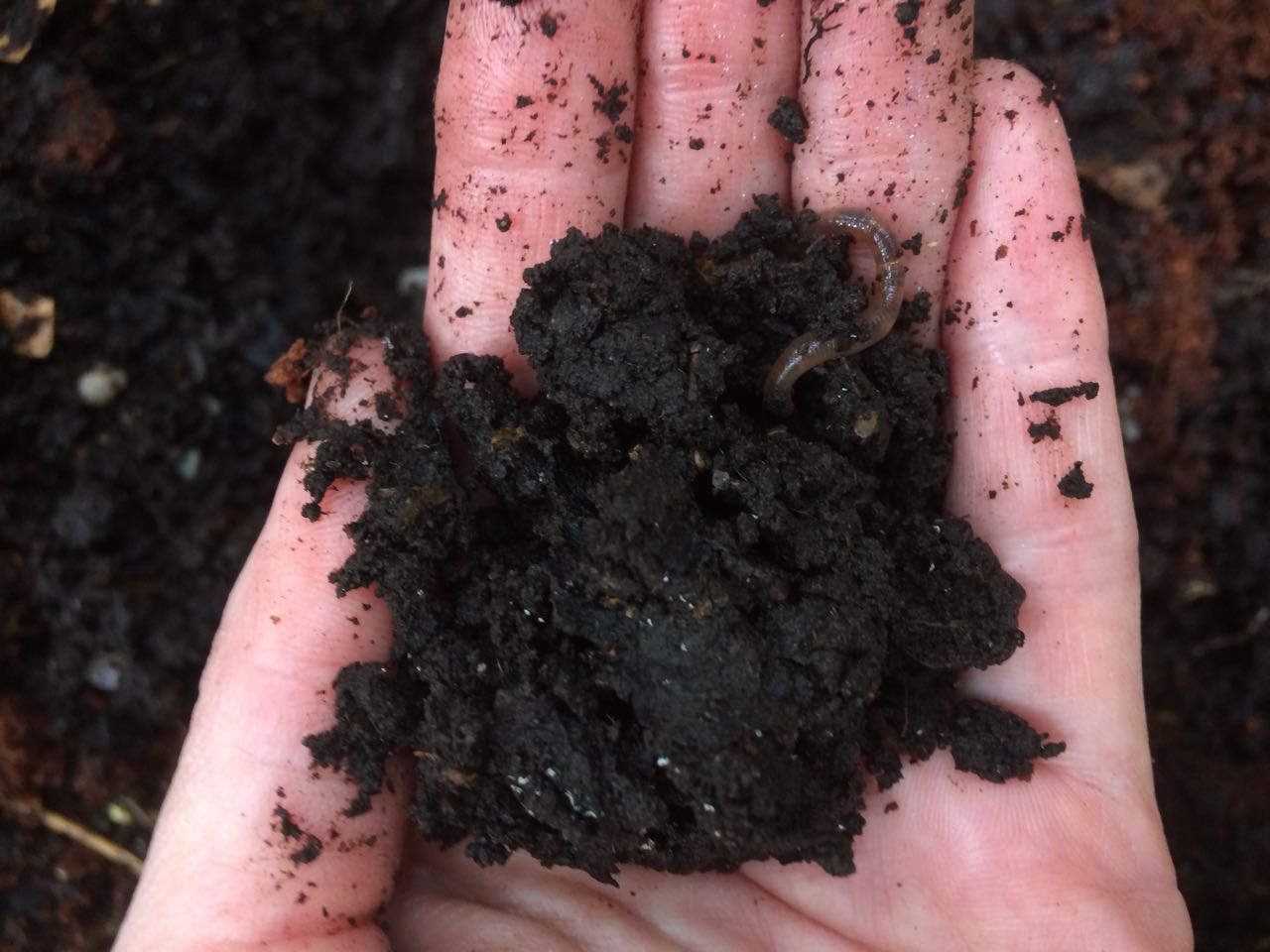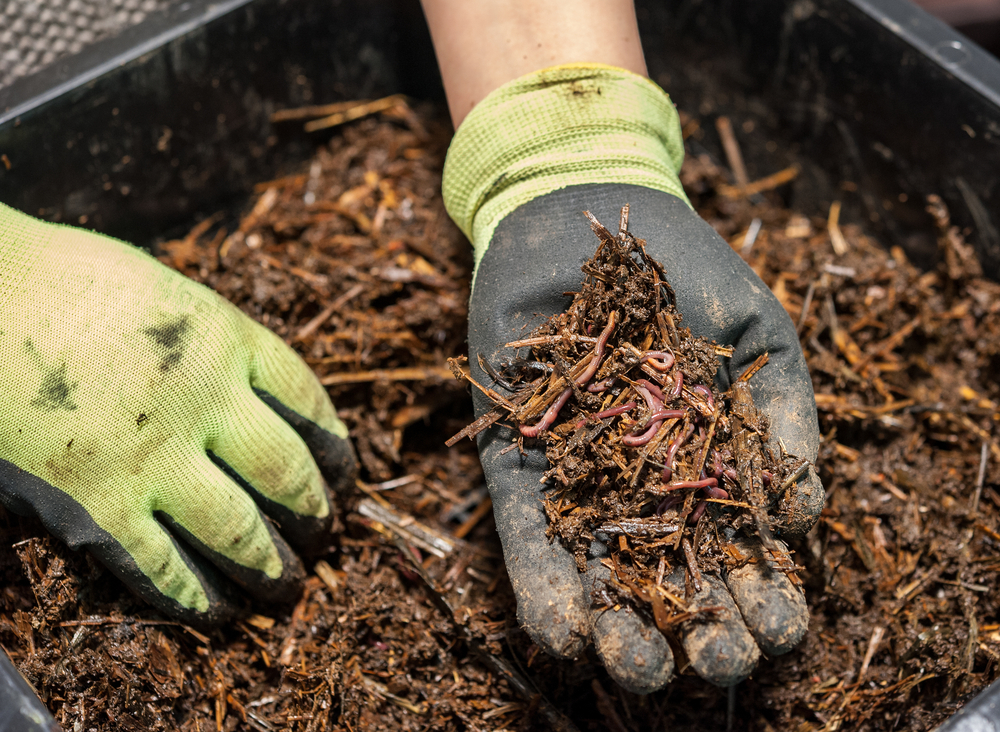
Worm farming is my favourite way to compost not only because I get to watch the day-to-day progress of food scraps being broken down, but I also get delicious silky castings that my veggies adore. It really is very simple, so consider giving it a go at your place.
“The average family throws out over 3.5k worth of food every year – that’s about a tonne!” War on Waste, Australia
Why should I start a worm-farm?
When our food waste breaks down in landfill it breaks down without oxygen (anaerobically) and releases greenhouse gases including methane, which has 25 times the impact on climate change than the carbon dioxide (CO2) produced by cars.
This is particularly significant when we consider that around a third of the average households rubbish is food waste.
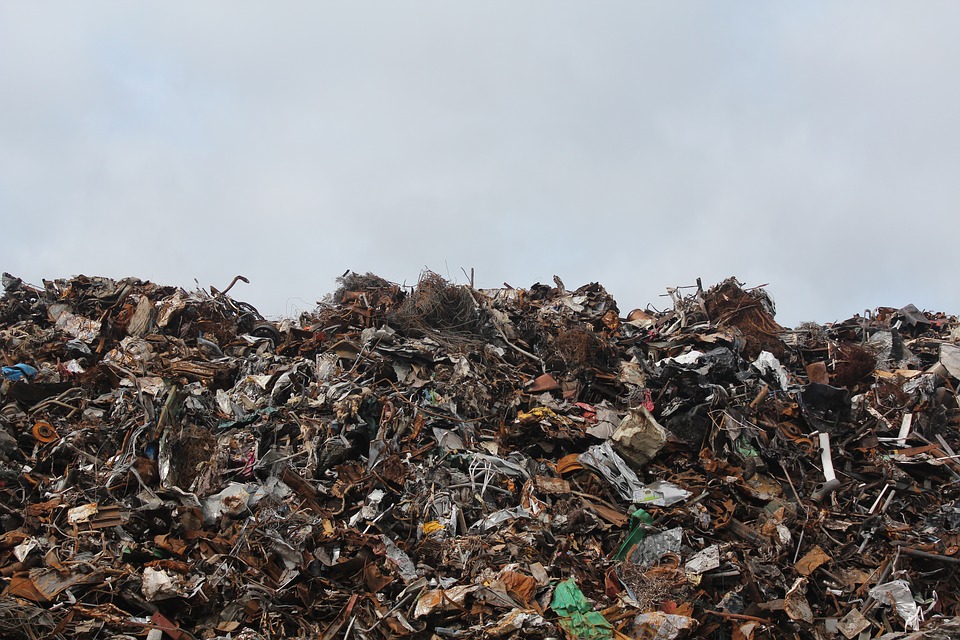
In Australia, food waste is responsible for 11.4 million tonnes of carbon dioxide equivalent emissions every year.
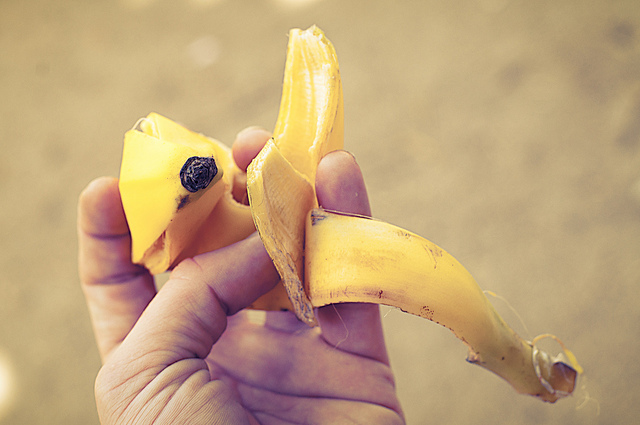
You can make a difference. Even before you set up your own worm farm you can connect with other worm farmers and composters on sites such as Sharewaste and donate your food scraps directly to them. Your local community garden is often happy to take your scraps as well. Pop in and have a chat to them.
How do I get started?
Talk to the people in your household or workplace about why you’d like to start a worm farm and what it will involve.
Find a shaded position
In Australia, worms particularly need shelter from the summer heat. Find a spot outside under a tree, inside, on a balcony, or in a garage. I’ve got mine under a dense hedge with further shelter from a tall wooden fence which works well.
Make or acquire a worm-farm
Search for instructions online or go to your local library and look through the gardening books. You can use an old bath or fridge, or even re-use polystyrene boxes.
Or simply look out for a second-hand worm farm on sites such as gumtree or buy-swap and sell Facebook groups for your local area. If you have no luck, purchase a new worm-farm through your local council or Compost Revolution at a discounted price.
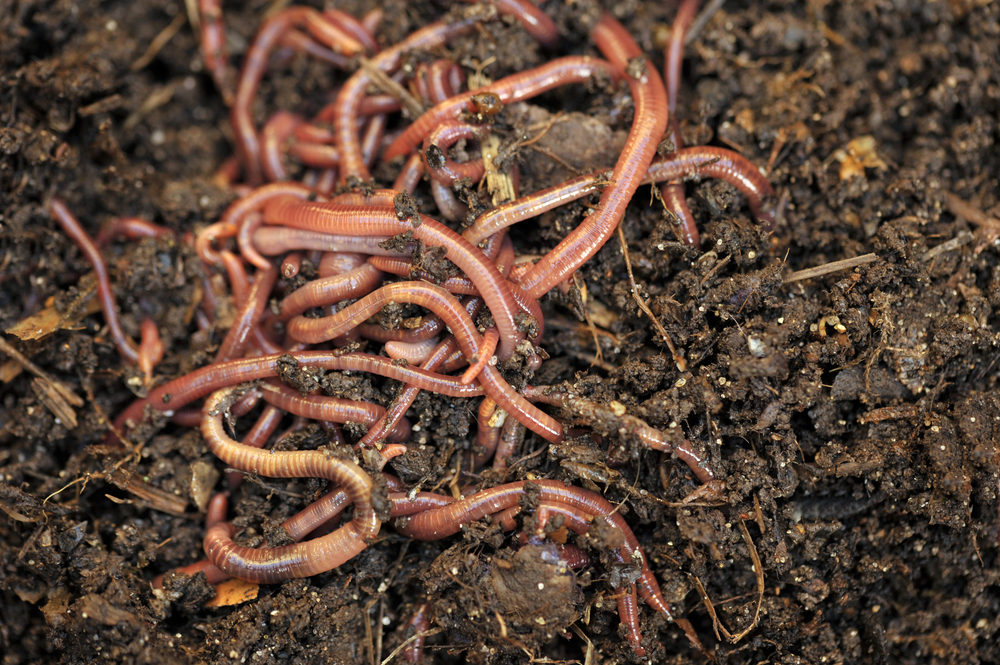
Get some compost worms
These are different from the worms in your garden. The quickest way to build up your stock is to purchase 1000 worms from a breeder or nursery supplier either locally or online. Reds, Tigers and Blues are the most commonly used compost worm in Australia. If you have friends with lots of worms you could also get some off them, or even buy worm eggs.
Set up your worm farm
- Soak about two coco coir blocks in water to hydrate them, squeeze out some of the water so they are not dripping wet, then lay out the material in the second tray as bedding for your worms.
- Add a handful of clean garden soil for grit to help your worms digest the food scraps.
- Make a worm blanket to put over the top try from a piece of old fabric. An old towel cut to size works well.
- Find a container to use to catch the worm wee. A used ice-cream container or large yoghurt container is great for this.
- Allow your worms to settle in for a couple of days before feeding them their first meal.
- Add a third tray after a few months.
What can go in:
- vegetable scraps
- fruit scraps apart from citrus
- tea leaves
- coffee grounds (in very small amounts)
- cooked rice and pulses
- wet shredded paper
What can’t go in:
- citrus
- chillies
- onions
- dairy
- cat or dog poo
- meat or bones
- tofu (very small amounts okay)
- seafood
- bread
- uncooked grains and pulses
- eucalyptus leaves
How much do I feed my worms?
Feed your worms about once a week and chop up the scraps into small pieces so it is easier for them to eat. Be careful not to over-feed your worms as this will attract more extra creatures and lead to the food scraps rotting and smelling. By feeding from one side to the other you will be able to see where they are up to.
Ongoing maitenance?
- Sprinkle in about a tablespoon of dolomite lime around every 2-4 weeks. This helps to manage the acidity of the bedding.
- When full, harvest the castings or add another tray.
- Keep cool in summer.
What if I go away on holidays?
Your worms will cope fairly well not having food for up to 6 weeks however it’s good idea to get someone to check in on them. You may need someone to keep an eye on them if you go away in summer and the heat is intense. Before you leave ensure you put in some extra water soaked shredded paper or similar materials to help keep the bedding moist.
How do I keep my worm cool on hot summer days?
On extremely hot days soak an old towel in water, drape it across your worm farm and dip one end in a bucket of water to keep it moist. Ensure it is in the best possible position to keep cool. Ideally the temperature needs to stay between 15 and 25 degrees Celsius as it’s dangerous for the worms once the bedding temperature rises above 30.
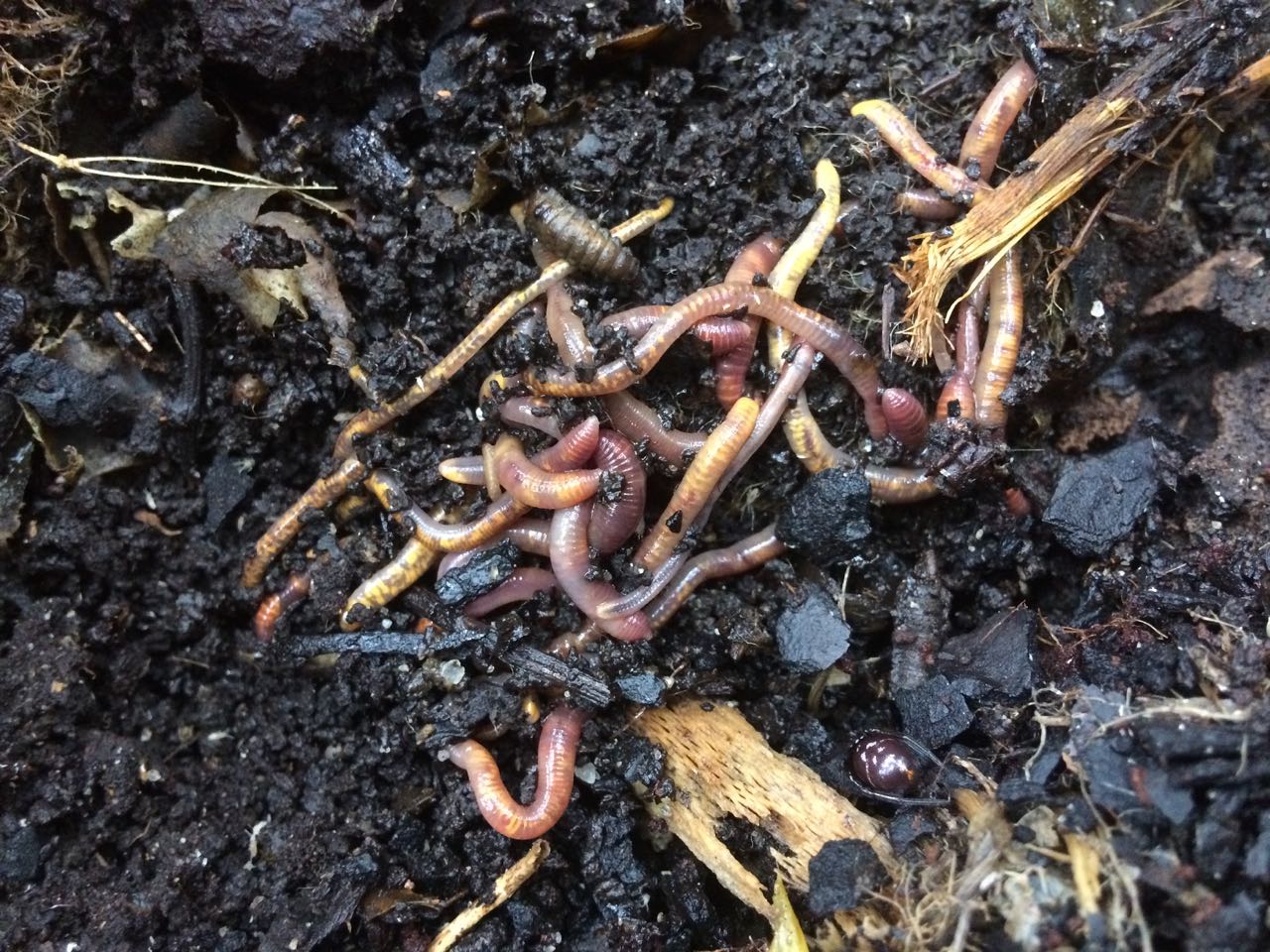
Fixing problems
Smelly worm farm: You may be feeding your worms too much, not chopping it up enough, it might be too wet, not have enough aeration or be too acidic. Try adding some garden lime, gently aerating the bedding, chopping food smaller or feeding them less.
Vinegar flies: These flies are harmless but are an indication that you are probably feeding your worms too much food or not chopping it up enough.
Ants: Your worms farm is likely to be too dry and possibly too acidic. Gently spray some water and add some garden lime. This will usually be enough but if ants continue to be a problem try putting the legs of the worm farm in tubs of water to prevent the ants from getting in.
Worms in liquid trays: This often happens during the heat so try measures to cool the worm farm down and avoid adding grass clippings as they heat up as they break down.
Cockroaches, spiders, slugs: These won’t hurt your worms so try not to let them bother you.
How do I use worm castings and worm wee?
This stuff is gardener’s gold. I usually mix it in with a bit of water and put it onto my garden or into my container plants who thrive thereafter. It’s also wonderful as a component of seed raising mix. Dilute worm wee to a weak tea colour and apply to plants.
- Fertiliser: Castings can be mixed into the soil or applied as a liquid fertiliser mixed with water.
- Potting or germinating mix: Around 1:2 castings to regular mix is an excellent potting mix, while pure castings work well on their own as a germinating mix.
- Soil conditioner: Worm castings can help rejuvenate dry soil and help it hold moisture.
- Tree planting: Castings can be used at the time of planting to help gets trees off to a good start.
How do you use your worm castings and worm wee?

